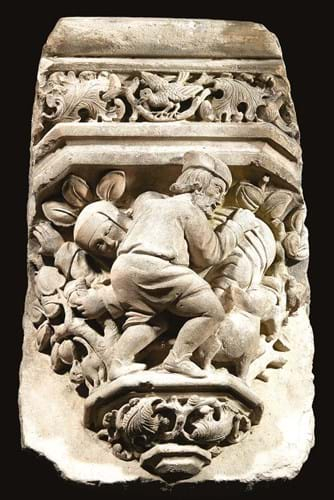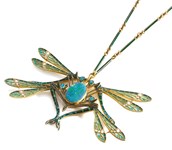
Among them was the auction held at Drouot by Pierre Bergé et Associés (24/20.5/17% buyer’s premium) on November 29. Among a large selection of carvings in wood and stone, the top-seller proved to be this early 16th century limestone architectural element.
The 20in (53cm) high bracket or corbel support is carved with a bawdy scene representing Lust, traditionally seen as one of the seven deadly sins.
It features a man with flexed legs supporting a women while lifting up her clothes to expose her behind. She clutches a phallic-looking branch of a tree.
The scene is accompanied by figures of a cat and a pig, thought at the time to be symbols of the devil and uncleanliness.
Super stone
The very white limestone from which this is carved comes from Burgundy and is known as pierre de Tonnerre. It was highly prized by craftsmen in earlier times for gothic sculpture in major centres across Burgundy, Lorraine and Champagne such as Troyes, Dijon and Auxerre.
It is thought that this late Gothic element may have been carved in Troyes, but where it was placed is not known. While the church tolerated some depictions of licentiousness when sited in less obvious locations, such as misericords, it is thought that this particular rendition may have been deemed too risqué for prominent display.
At the Drouot sale, the corbel support outpaced its €25,000-35,000 guide to take €135,000 (£122,730).














